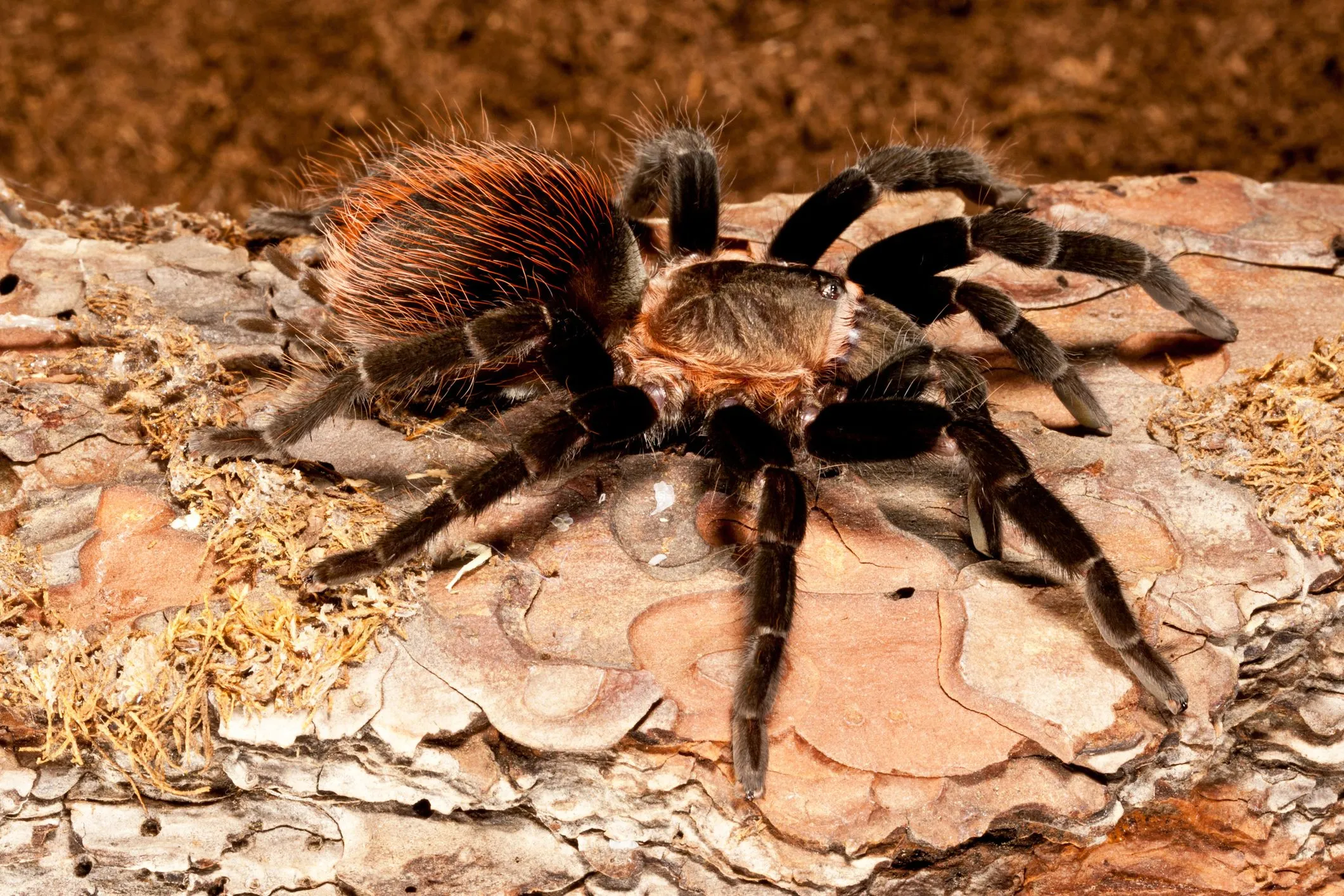Top 7 Pet Tarantula Breeds
Venturing into the world of pet ownership opens a realm of exciting possibilities, and for some, that includes the fascinating world of arachnids. Tarantulas, with their diverse appearances and relatively manageable care requirements, have become increasingly popular pets. However, with over 900 species of tarantulas, choosing the right breed can feel overwhelming. This guide will introduce you to seven amazing pet tarantula breeds, highlighting their unique characteristics, care needs, and suitability for both novice and experienced keepers. Whether you’re a seasoned enthusiast or a curious beginner, this list will help you discover the perfect eight-legged companion for your home. Before acquiring any pet tarantula, thorough research is essential. Learn about the specific needs of each species, including their habitat, feeding habits, and temperament, to ensure you can provide the best possible care.
The Versatile Chilean Rose Tarantula (Grammostola rosea)
The Chilean Rose tarantula is often recommended as one of the best tarantulas for beginners, and for good reason. These spiders are known for their docile nature, relatively slow movements, and tolerance of handling (though handling should always be done with caution). Their adaptability makes them suitable for a wide range of environments, as long as the basics of temperature and humidity are met. This breed is a great starting point for anyone wanting to get their feet wet in the pet tarantula world.
Appearance of the Chilean Rose
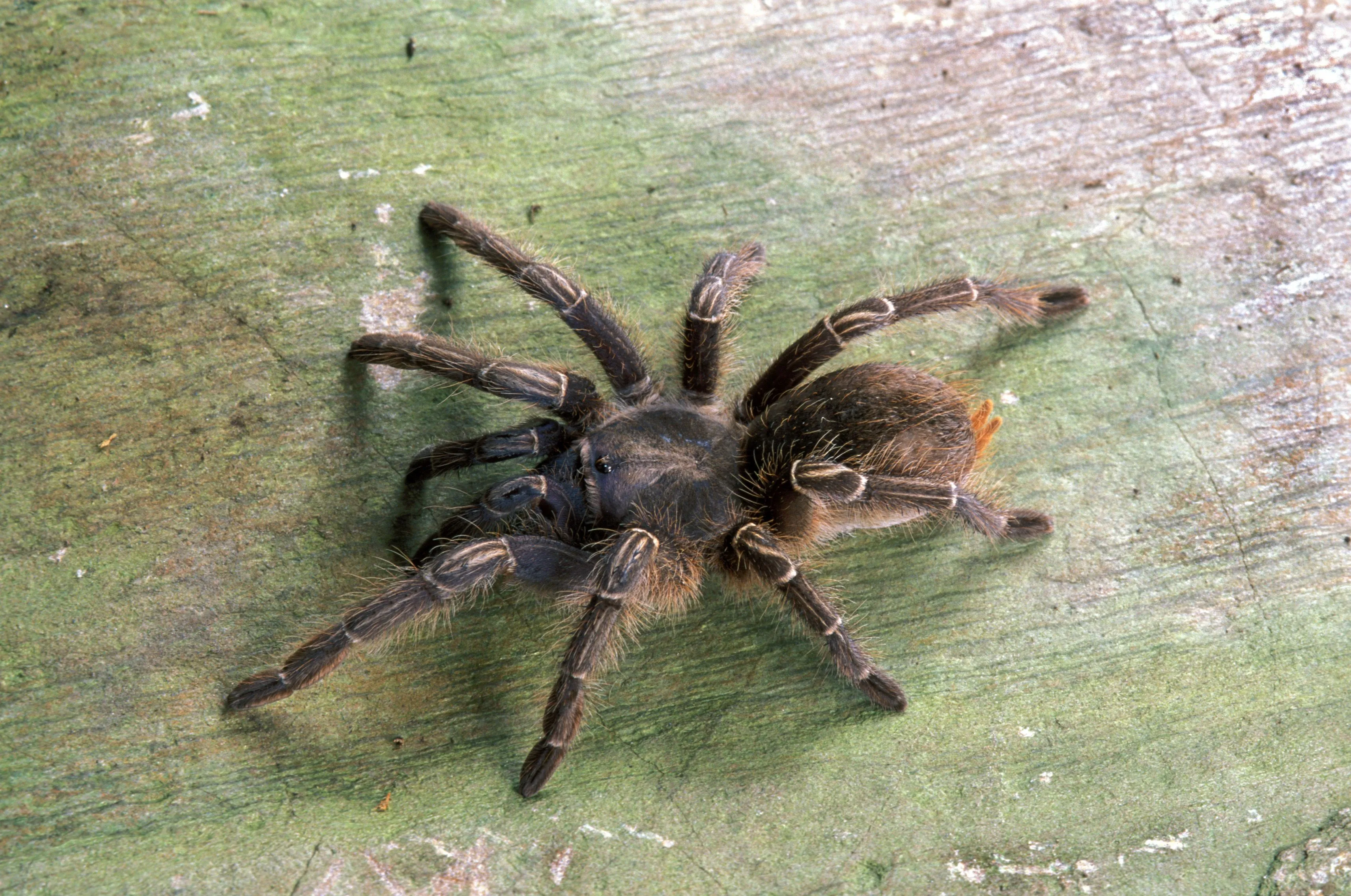
Chilean Rose tarantulas typically display a range of colors, from a rose-brown to a more reddish hue. They have a relatively robust build and a leg span that can reach up to 5-6 inches, with females generally being larger than males. Their appearance is often understated yet elegant, making them a beautiful addition to any collection. The overall look of the Chilean Rose is understated elegance, making it a captivating pet.
Care Requirements for Chilean Rose
Caring for a Chilean Rose involves providing a terrarium with a substrate of coco fiber or peat moss, a shallow water dish, and a hide, such as a cork bark or half log. They thrive in temperatures between 70-80°F (21-27°C) and moderate humidity. Feeding consists of appropriately sized insects, such as crickets or mealworms, once or twice a week. This breed is a great choice for someone with a low-maintenance lifestyle, yet wanting the enjoyment of a pet tarantula.
The Hardy Mexican Red Knee Tarantula (Brachypelma hamorii)
Another popular choice for beginners, the Mexican Red Knee tarantula is known for its striking appearance and relatively docile temperament. Like the Chilean Rose, they are generally easy to care for and have a long lifespan, making them a rewarding pet for many years. These tarantulas are relatively hardy and can tolerate slight variations in their environment, adding to their appeal.
Appearance of the Mexican Red Knee
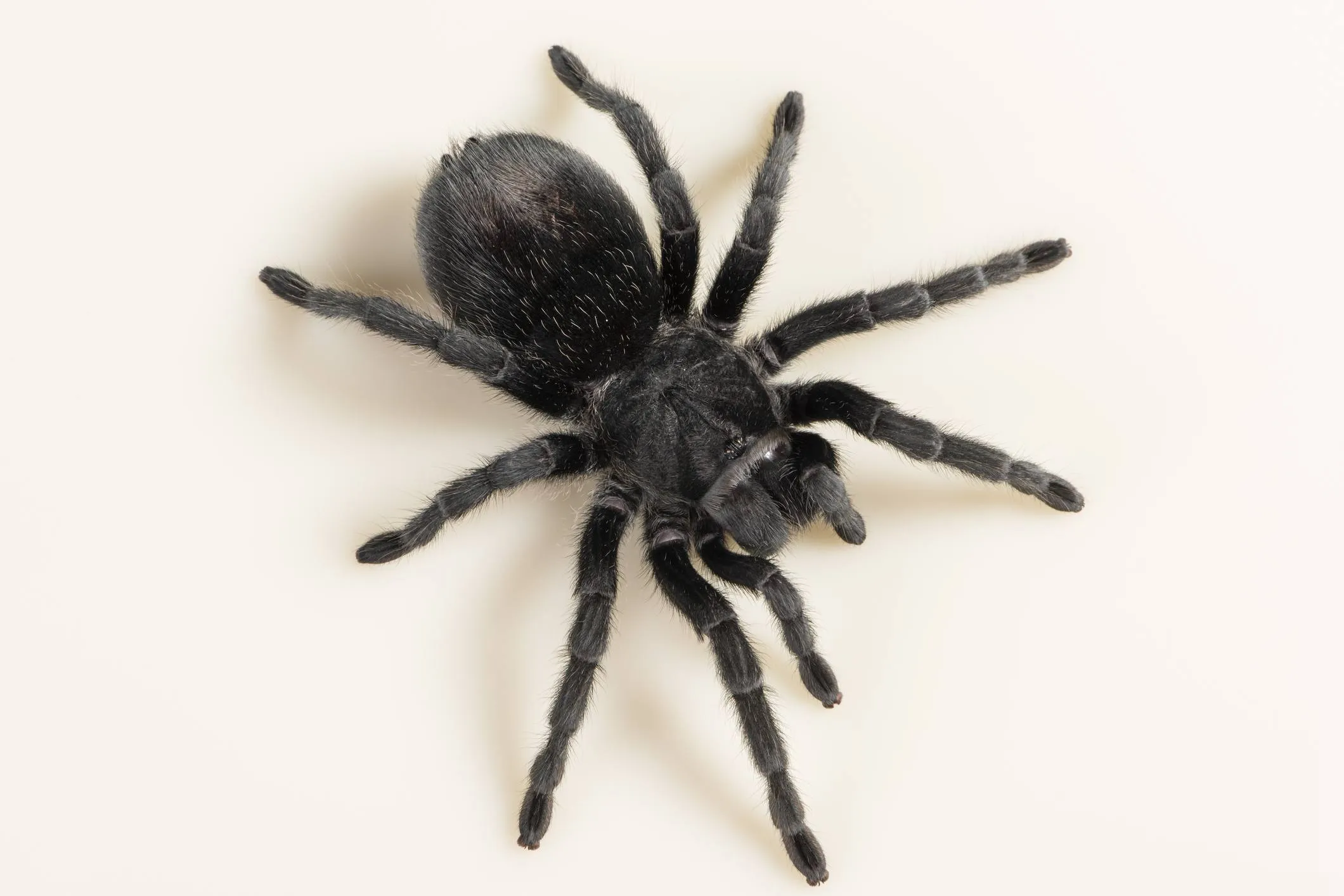
The Mexican Red Knee tarantula is renowned for its vibrant coloration. They feature a black body with distinctive red or orange markings on their leg joints, resembling ‘knees.’ Their leg span can reach up to 6 inches, and their overall appearance is both striking and memorable. The contrast of black and red makes them a visual highlight in any collection.
Care Requirements for Mexican Red Knee
The care for Mexican Red Knees mirrors that of the Chilean Rose. A terrarium with a substrate of coco fiber or peat moss, a water dish, and a hide are essential. They prefer temperatures between 70-80°F (21-27°C) and a moderate humidity level. Feeding involves appropriately sized insects once or twice a week. These tarantulas are slow-growing, which means owners will have plenty of time to enjoy their striking colors.
The Striking Costa Rican Zebra Tarantula (Aphonopelma seemanni)
The Costa Rican Zebra tarantula is known for its unique pattern, which gives it its name. They are generally considered to be a good species for beginners, although they can be more skittish than some other beginner species. They are a fascinating and rewarding pet for anyone interested in tarantulas.
Appearance of the Costa Rican Zebra
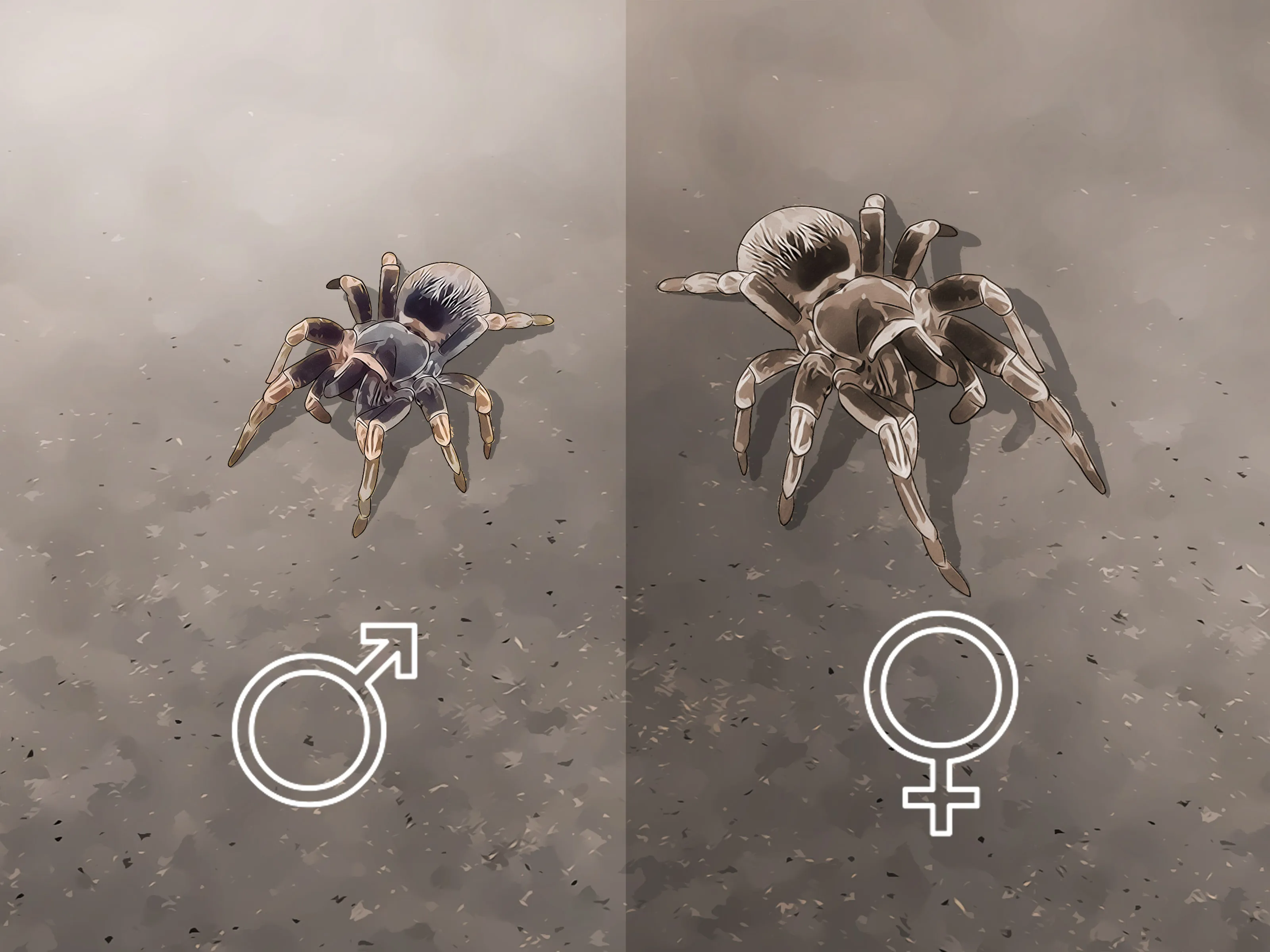
Costa Rican Zebras have a striking appearance with black and white striped legs, resembling a zebra. Their body is typically a dark brown or black color. Their leg span can reach up to 5 inches, making them a medium-sized tarantula. Their bold appearance is certainly a conversation starter.
Care Requirements for Costa Rican Zebra
Care is similar to the Chilean Rose and Mexican Red Knee. A terrarium with coco fiber or peat moss, a water dish, and a hide are essential. They prefer temperatures between 70-80°F (21-27°C) and moderate humidity. Feeding is done once or twice a week with appropriately sized insects. They are fast growers, so you can watch them grow quickly.
The Beautiful Brazilian Black Tarantula (Grammostola pulchra)
The Brazilian Black tarantula is another relatively docile species, known for its stunning, all-black coloration. Their calm demeanor and striking appearance make them a popular choice for tarantula keepers of all experience levels. Brazilian Blacks are known for being somewhat slow growers, so they may become a long-term companion.
Appearance of the Brazilian Black
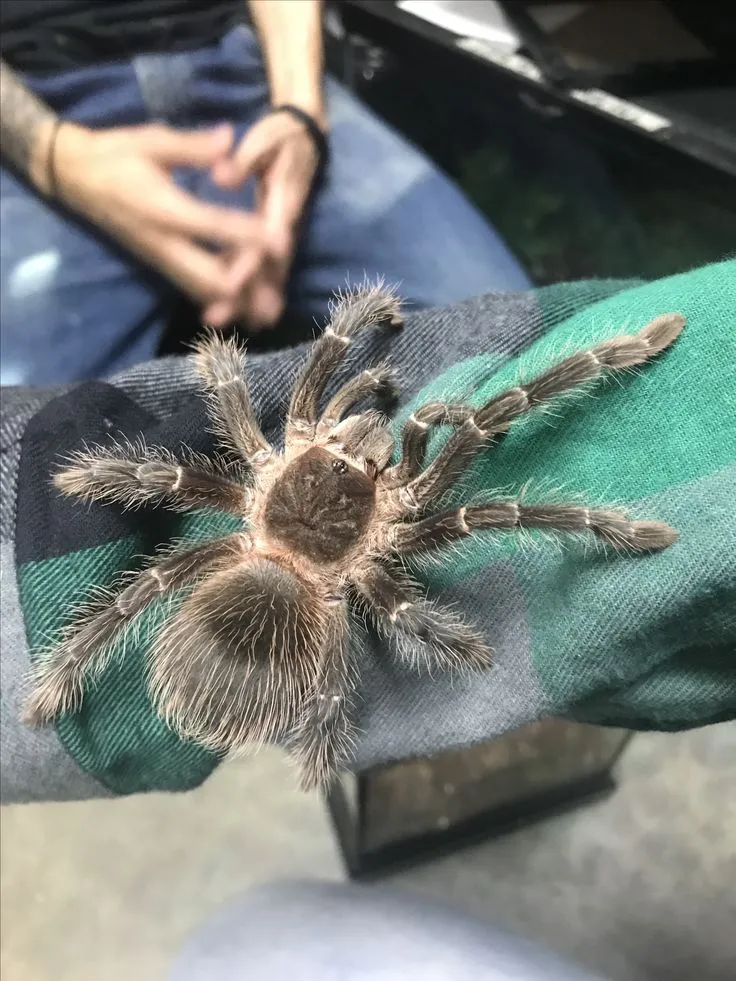
As the name suggests, the Brazilian Black tarantula is entirely black, giving it a sleek and elegant appearance. Their leg span can reach up to 6-7 inches, and their overall appearance is quite impressive. This species’ uniformity in color makes it exceptionally striking.
Care Requirements for Brazilian Black
Care requirements are very similar to other beginner-friendly tarantulas. They need a terrarium with a substrate of coco fiber or peat moss, a water dish, and a hide. They prefer temperatures between 70-80°F (21-27°C) and moderate humidity. Feed them appropriately sized insects once or twice a week. Make sure to not overfeed them as it can lead to health issues.
The Gentle Pinktoe Tarantula (Avicularia avicularia)
The Pinktoe tarantula is known for its arboreal (tree-dwelling) nature and vibrant coloration. They are a bit more sensitive to environmental changes than some of the other species listed here, but their beauty and unique behaviors make them a rewarding pet for those with some experience. Their semi-aggressive nature means you should use caution when handling them.
Appearance of the Pinktoe
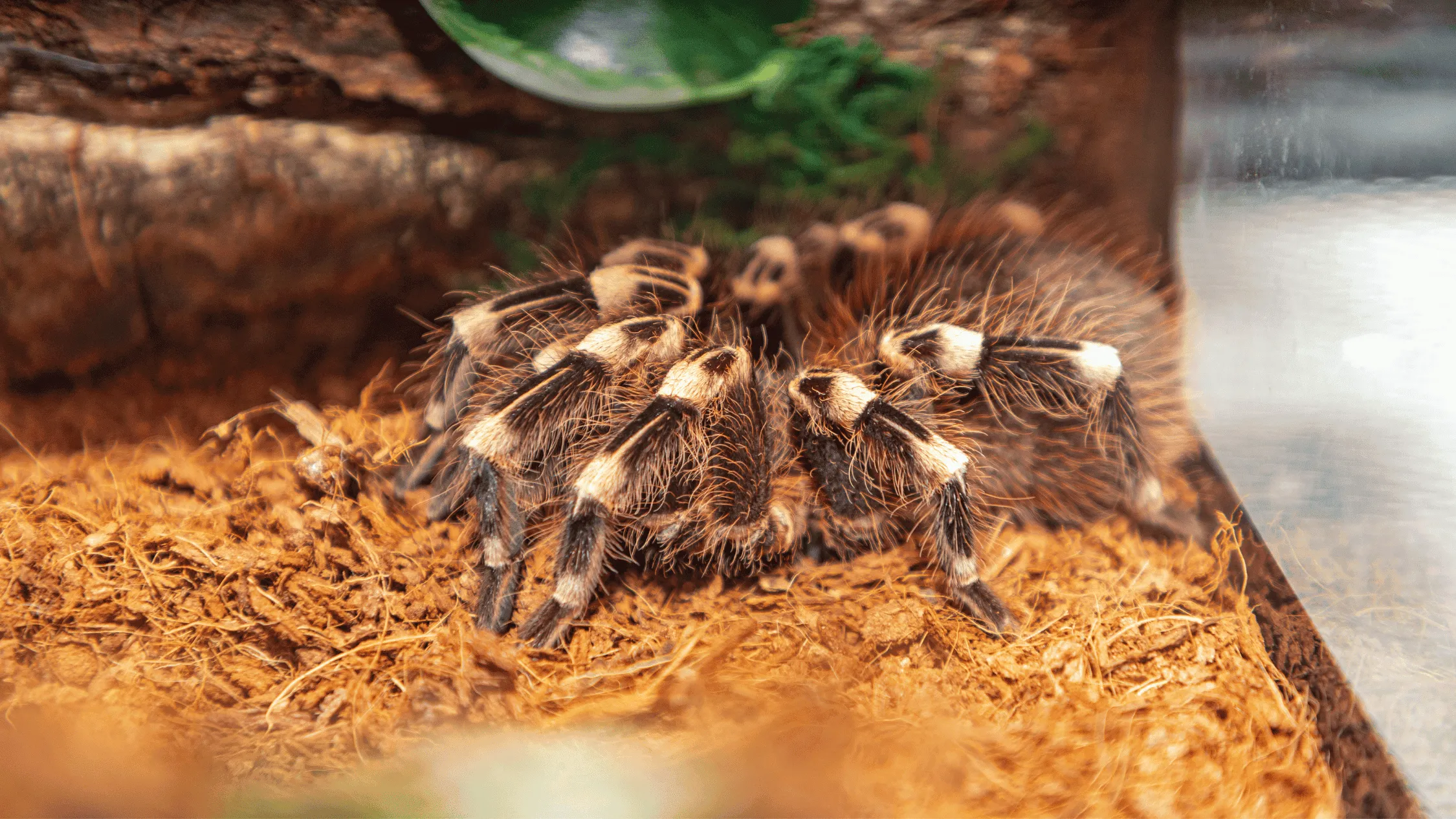
The Pinktoe tarantula is known for its striking pink or orange toe pads, which provide excellent traction for climbing. Their body color is often a dark green or black, with iridescent hairs that shimmer in the light. Their leg span can reach up to 5 inches. Their overall appearance is very colorful.
Care Requirements for Pinktoe
Pinktoe tarantulas require a taller enclosure, as they are arboreal. Provide a substrate of coco fiber or peat moss, a water dish, and branches or cork bark for climbing. They prefer temperatures between 75-85°F (24-29°C) and higher humidity levels (around 70-80%). Feed them appropriately sized insects once or twice a week. Regular misting is necessary to maintain the proper humidity levels.
The Fast and Colorful Cobalt Blue Tarantula (Cyaneopubescens)
The Cobalt Blue tarantula is known for its striking metallic blue coloration and its active nature. They are not recommended for beginners due to their defensive behavior and fast movements. Their captivating appearance and unique behavior make them a favorite of more experienced keepers. They are a sight to behold.
Appearance of the Cobalt Blue
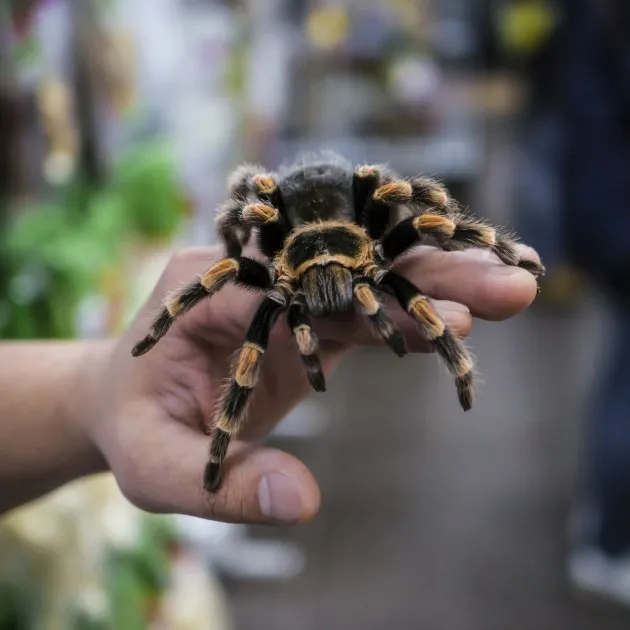
The Cobalt Blue tarantula is known for its vibrant, metallic blue coloration, which is especially prominent on its legs and body. Their leg span can reach up to 5 inches. Their appearance is one of the most visually stunning among tarantula species.
Care Requirements for Cobalt Blue
Cobalt Blue tarantulas require a terrarium with a substrate of coco fiber or peat moss, a water dish, and a hide. They prefer temperatures between 75-85°F (24-29°C) and moderate humidity. Be cautious when caring for these tarantulas due to their speed and defensive nature. Feeding is similar to other species, involving appropriately sized insects once or twice a week.
The Popular Curly Hair Tarantula (Tliltocatl albopilosus)
The Curly Hair tarantula, also known as the Honduran Curly Hair, is another great choice for beginners, thanks to its docile temperament and distinctive appearance. These tarantulas are relatively low-maintenance and have a reputation for being easy to handle. They are a very popular breed.
Appearance of the Curly Hair
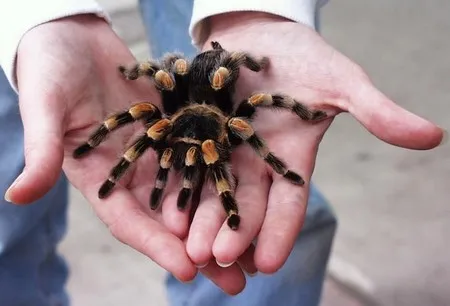
Curly Hair tarantulas are named for the characteristic curly hairs that cover their bodies, which gives them a unique and appealing look. They have a brown body with golden hairs. Their leg span can reach up to 6 inches. Their appearance is very iconic.
Care Requirements for Curly Hair
The Curly Hair tarantula requires a terrarium with a substrate of coco fiber or peat moss, a water dish, and a hide. They prefer temperatures between 70-80°F (21-27°C) and moderate humidity. They are known to be hardy and adaptable, making their care relatively simple. Feeding involves appropriately sized insects once or twice a week.
Choosing a pet tarantula can be an incredibly rewarding experience. This guide has introduced you to seven amazing breeds, each with unique characteristics and care requirements. Remember to always research a species thoroughly before acquiring it. With the right preparation and care, you can enjoy the fascinating world of tarantulas and create a unique and rewarding pet-owning experience. Proper research is the most crucial step to ensure the safety and wellbeing of your new pet, and your own well-being as well.
